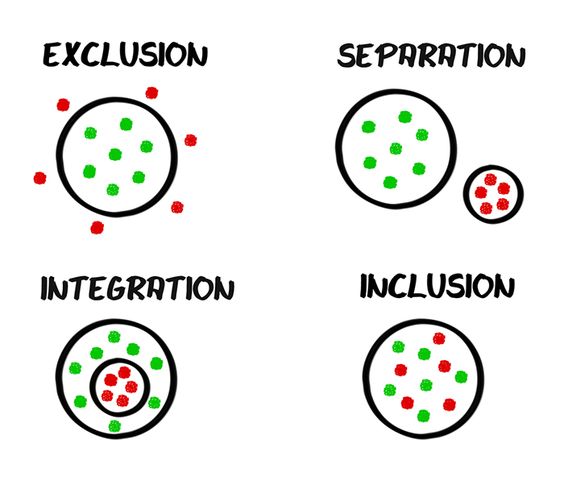The number of days a child can miss school in the United States varies by state and within individual school districts. Typically, schools allow a certain number of excused absences for reasons such as illness, family emergencies, religious observance, or other significant personal situations. However, the definition of an excused absence and the number allowed can differ significantly.
In general, most schools use the 180-day calendar for the school year. Students are expected to attend each day unless there is a valid reason for absence. However, chronic absenteeism—one measurement of which is missing 10% or more of school days for any reason, excused or unexcused—has become a concern. This would equate to about 18 days in a typical school year.
Unexcused absences might include skipping class without parental permission or failure to provide a valid written excuse for being absent. The threshold for what is considered excessive absenteeism varies by school but generally falls around 10 days. Once this limit is surpassed, schools may take additional actions which could include notifying parents, counseling sessions with students, involvement of social services, and possibly legal action if truancy is suspected.
Laws regarding compulsory education require children to attend school until a certain age—often 16 or 18 depending on the state. These laws also outline legal repercussions for truancy which may involve fines or other penalties for parents or guardians if a child does not attend school without a valid reason.
Parents should consult with their child’s school district to understand the specific attendance policy applicable to their situation. Schools are increasingly aware of the impacts of lost classroom time on student learning and development and aim to support good attendance habits while providing necessary flexibility for legitimate excuses.





